OLANA COLLECTIONS DISCOVERY FUND
Help the Olana Partnership Return Historic Objects to Olana State Historic Site
While Olana has an astonishingly intact historic collection, some important items left through the Church family before New York State obtained the property in 1966.
Over the past few years, many pieces have come to light. The Olana Partnership has launched the OLANA COLLECTIONS DISCOVERY FUND to support the acquisition of these and future discoveries.
Your gift of any amount will add up and help make Olana whole.
Bring Frederic Church’s Daughter Home
A long-missing part of Olana’s story, you can help return a portrait of Downie Church to Olana.
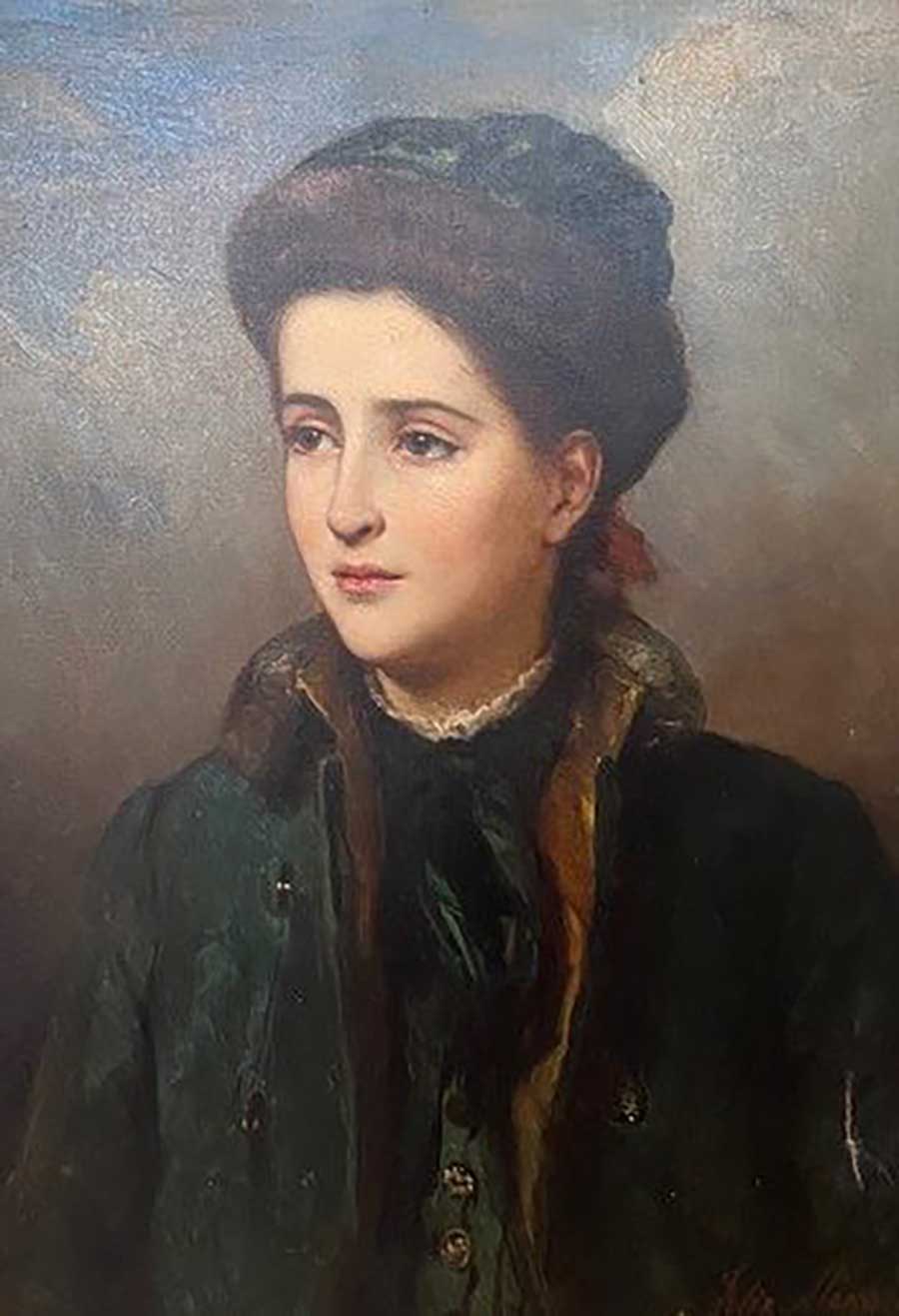
On January 26, 1884, Emma Carnes, Frederic Church’s mother-in-law, wrote in her diary, “Went to P.A. Hotel to Mr Moschelles studio to see Downie’s portrait, he has painted – like her, but face too long & narrow.”
This portrait of Frederic Church’s daughter Isabel Charlotte (nicknamed “Downie”) at age thirteen would certainly have once hung in the family home at Olana. Although Olana’s curators knew of this portrait’s existence thanks to Emma Carnes’s diary, its whereabouts were unknown until it resurfaced in the collection of its subject’s great-granddaughter.
English-born artist Felix Moscheles, a painter of portraits and genre scenes, evidently worked on this portrait in New York City around January 1884. Downie, the Church family’s youngest daughter, grew up primarily at Olana, where she began painting botanical studies of wildflowers as a teenager in the 1880s. At boarding school in the latter half of that decade, she showed an interest in the natural sciences, taking a high number of courses in botany and physiology. Downie continued her practice of botanical painting, coupled with a passion for gardening, throughout her life. The acquisition of this important missing piece of the Olana collection will help us to tell the under-examined story of Downie’s life and art.
Felix Moscheles, Portrait of Isabel Charlotte “Downie” Church, c. 1884. Oil on canvas in plaster frame, 32” x 27.”
A Missing Tile by Persian Artist Ali Muhammad Isfahani
Help us recover a tile that was made by a ceramic artist whose work impressed Frederic Church.

Ali Muhammad Isfahani, a master of ceramics active in Iran in the late nineteenth and early twentieth centuries during the Qajar period, created two tile fireplace surrounds that Frederic Church purchased for Olana in the mid-1880s. Ali Muhammad’s work, which features the revival of classical seventeenth-century Safavid motifs, has gathered international scholarly attention in recent years, including interest in the two fireplace surrounds at Olana. In addition to the fireplace surrounds, Frederic Church acquired framed pictorial tiles and other ceramic objects attributed to this artist. The ceramics of Ali Muhammad Isfahani are among the most significant works of Persian art in the remarkable global collection preserved at Olana.
The great-great-granddaughter of Frederic Church inherited this Qajar tile attributed to Ali Muhammad Isfahani. Olana’s curators matched the tile in Zeno’s collection with an early twentieth-century photograph of the home of Louis and Sally Church, Frederic Church’s son and daughter-in-law, in Port Sewell, Florida, showing an assortment of pictorial tiles arranged around a fireplace. Considering the depth of this object’s Church family provenance, it is essential to return this piece to Olana, where it will strengthen our holdings of Ali Muhammad Isfahani’s work and help present a more complete version of the collection assembled here by Frederic Church and his family.
Ali Muhammad Isfahani, pictorial tile, c. 1880s. Ceramic in wooden frame, 15.25” x 11.5.”
About the Fund
Olana is one of the best-preserved historic artist environments in the world, with over 90,000 objects and archival documents now belonging to the people of New York State. Olana’s historic collection provides a lens into the past—with implications for the present—like no other. Despite this remarkable state of preservation, some key parts of our story have left Olana over the decades, whether as the inheritance of descendants or as gifts by the Church family. The Olana Partnership works to locate, identify, and recover key objects to deepen the stories we can tell. This effort often requires significant expenses for purchase and transport. The Olana Collections Discovery Fund fund will enable The Olana Partnership to respond nimbly when these opportunities arise. Our supports participate directly in the shared goal of a fully restored Olana, a place of wonder and inspiration for visitors from around the world.
Our goal: We need $20,000 to begin this initiative. The seed for this fund will allow us to bring home to Olana and public ownership key items from the Olana collection that have left us over the years.
Objects we seek: Among the potential acquisitions we hope to bring home to Olana are important paintings, rare books, historic photographs, and decorative art objects from the Church family’s residence at Olana, as well as documentary evidence of the preservation history of Olana State Historic Site. This fund will only be used to acquire missing items from the original Church family collection.
Why these objects matter: Olana’s collections are unique, global, and remarkably intact, yet our work at Olana would be even stronger with some additional missing objects returned. For example, we are only just learning about the vibrant artistic voice of Frederic and Isabel Church’s daughter, Downie. Only through acquiring examples of her botanical sketches could we bring her out of the shadow of her famous artist father. The acquisition of major architectural texts like The Ruins of Palmyra, shown below, provided new insight into the sources of the design of Olana’s main house. These new acquisitions enrich our interpretation and add to the stories we share with visitors.
Why we need your support: Olana is a living collection, and new stories can be further developed if key objects were returned. Researchers, in particular, would benefit from this. While mainstream museums commonly have acquisition endowments to grow their collections by purchasing works overtime, things are handled differently at Olana. The Olana Partnership has mainly relied on private gifts of art and archival documents to further enrich the historic collection at Olana State Historic Site. The public has never been able to participate in this effort—until now. You can be a part of this continuing work, no matter how big or small the gift.
Recently Added to Olana’s Historic Collection
29 of Downie Church’s Botanical Watercolors
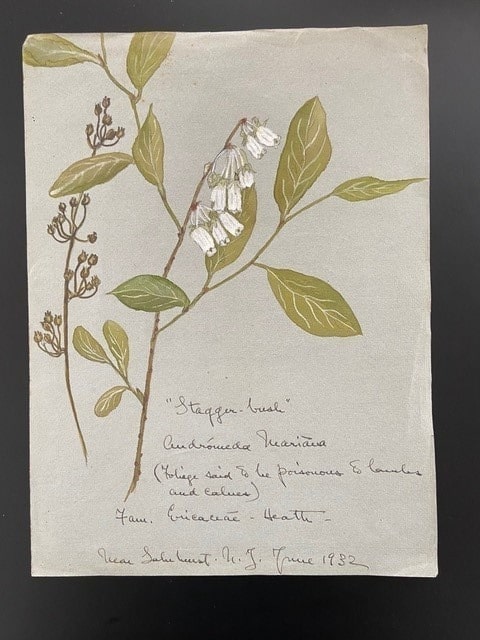
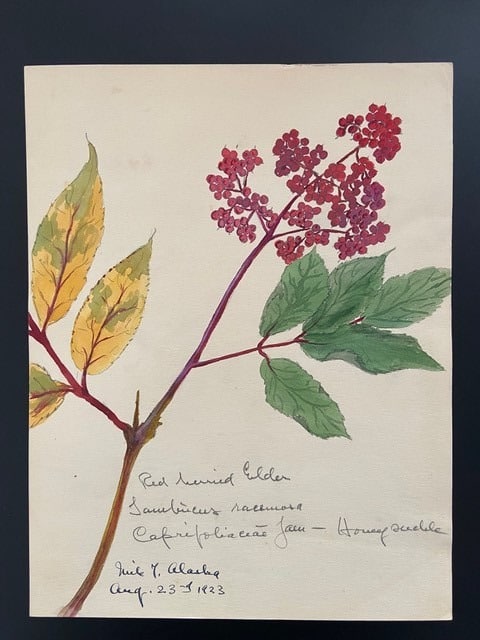
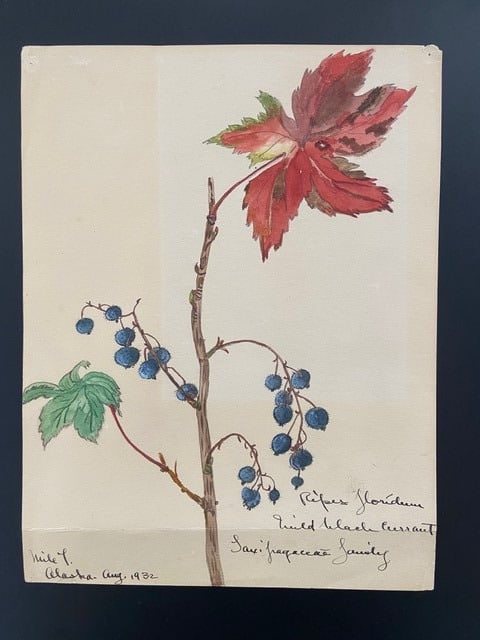

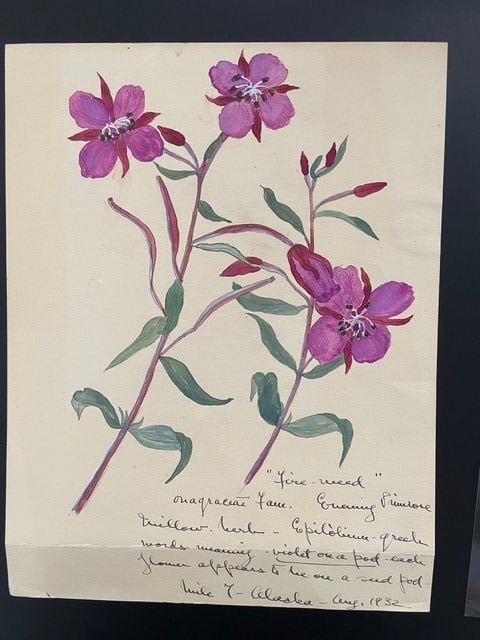
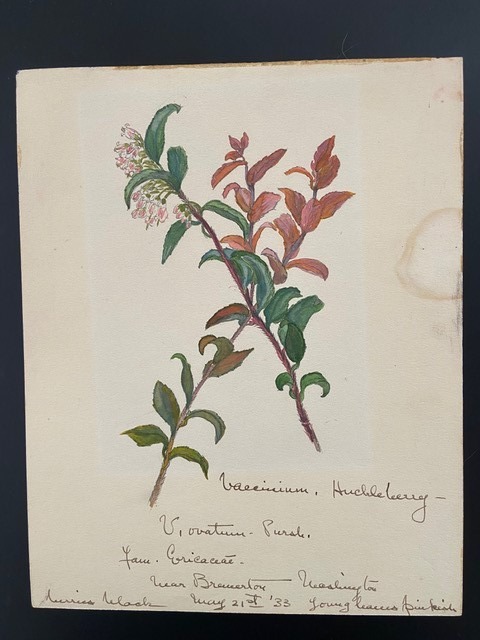
The art of Frederic Church’s daughter, Isabel Charlotte–known to her family as Downie–was exhibited for the first time in the 2020-2022 nationally traveling exhibition Cross Pollination: Heade, Cole, Church, and our Contemporary Moment (organized collaboratively by The Olana Partnership at Olana State Historic Site, Thomas Cole National Historic Site, and Crystal Bridges Museum of American Art). Downie practiced the art of watercolor botanical painting from her adolescence to the end of her life, and the Olana collection already includes over one hundred examples of her work.
These twenty-nine watercolors were donated to Olana by Downie’s great-granddaughter (and Frederic Church’s great-great-granddaughter). These works come with family stories that are new to us at Olana about the time Downie spent living and traveling in Puerto Rico and Alaska and her lifelong engagement with her practice of gardening and painting flowers. These donations and discoveries have significantly enriched our understanding of this other artist of Olana and will play a central role in future curatorial projects.
Isabel Charlotte “Downie” Church, twenty-nine paintings of botanical subjects, c. 1927-1928 and c. 1932-1933. Watercolor on paper, three sizes: 7” x 10”, 8.5” x 10.5”, and 9” x 11.75.”
Monogrammed Family Silver


These five pieces of monogrammed silver belonged to different Church family members. Descend and passed down in the Lark family, board member of The Olana Partnership and volunteer Ricky Lark donated the silver. The two Tiffany teapots and one of the napkin rings, engraved with the initials “SGC,” belonged to Sally Good Church, Frederic Church’s daughter-in-law and the last resident of Olana. Thanks to Sally Church’s careful stewardship of Olana during the first half of the twentieth century, the property has endured nearly complete and today remains the most intact nineteenth-century artist’s home in the country. These personal artifacts will help us to tell a fuller story of her life at Olana.
The two remaining napkin rings point to other members of the Church family: “EMC” is certainly Frederic Church’s sister, Elizabeth Mary Church, and “Isabel” could refer to either Frederic Church’s wife, Isabel Carnes Church, or daughter, Isabel Charlotte “Downie” Church. Monogrammed silver tableware, including napkin rings and tea and coffee services, has survived in the Olana collection from the nineteenth century and was a common status symbol in this period. As a set, these artifacts add to the narratives of domestic life at Olana, particularly the stories of women.
Two silver and ivory Tiffany teapots monogrammed “SGC,” ca. early 20th century.
Three silver napkin rings, monogrammed “SGC,” “EMC,” and “Isabel,” ca. late 19th-early 20th century.
Ruins of Palmyra
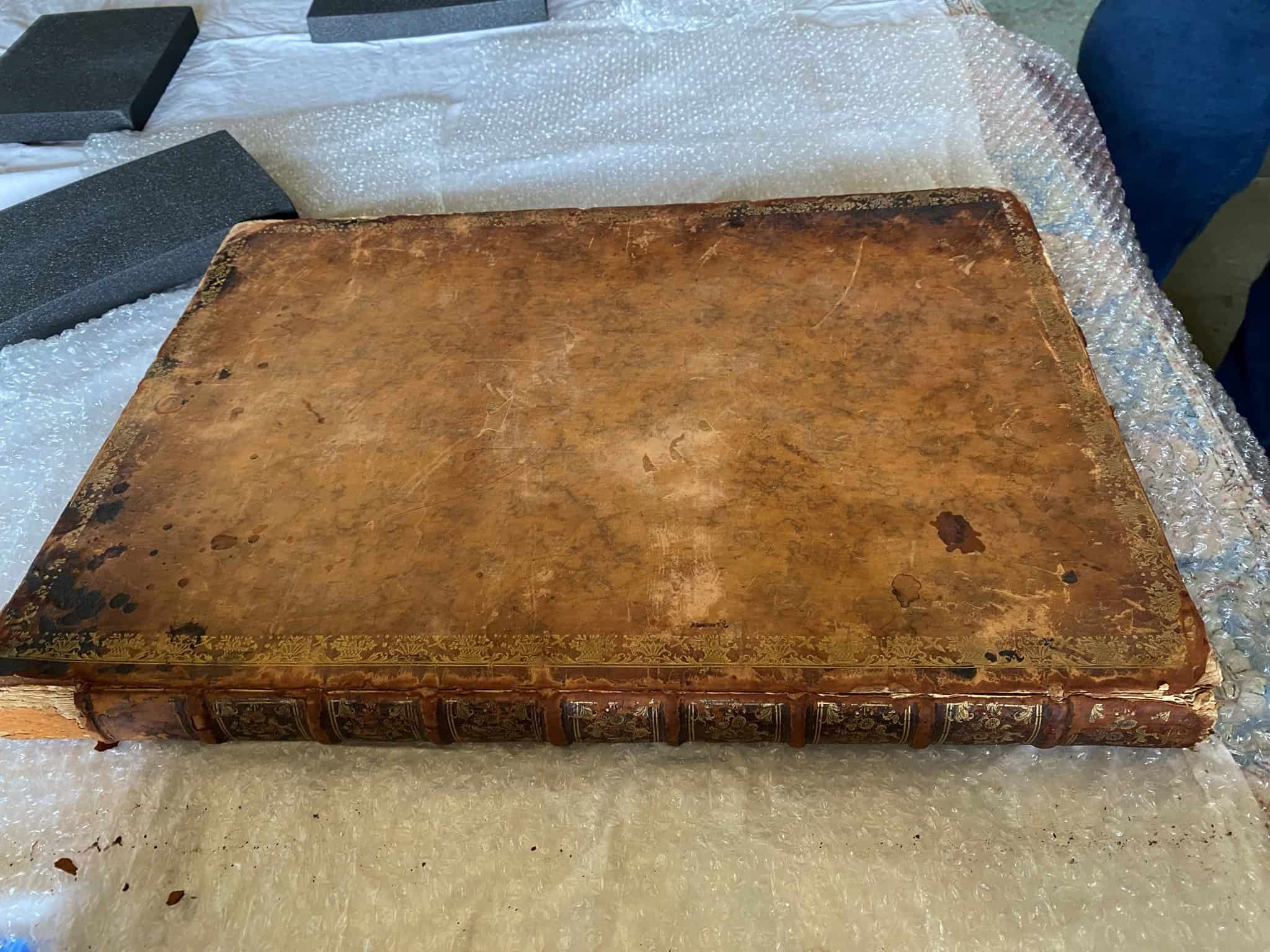
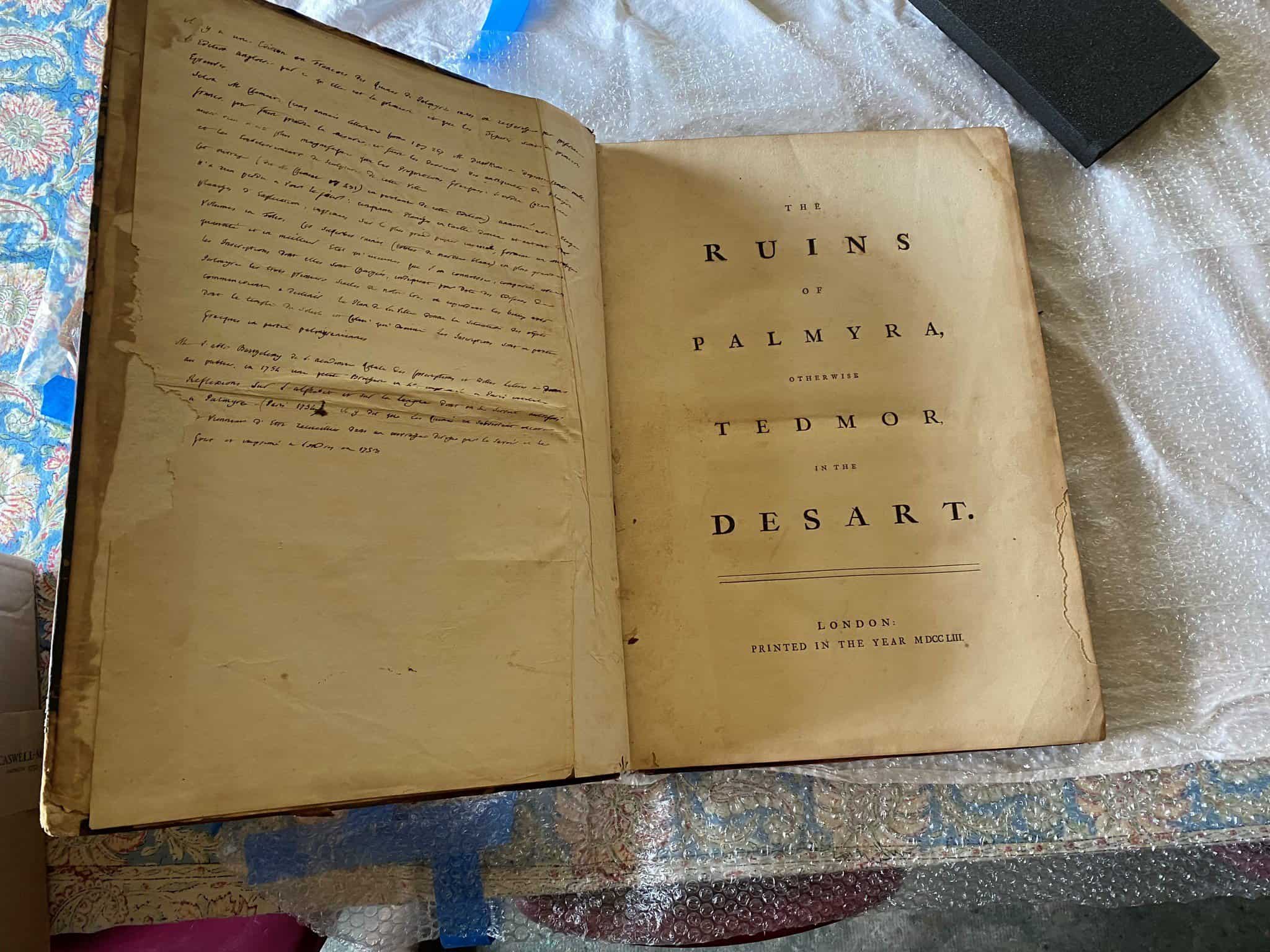
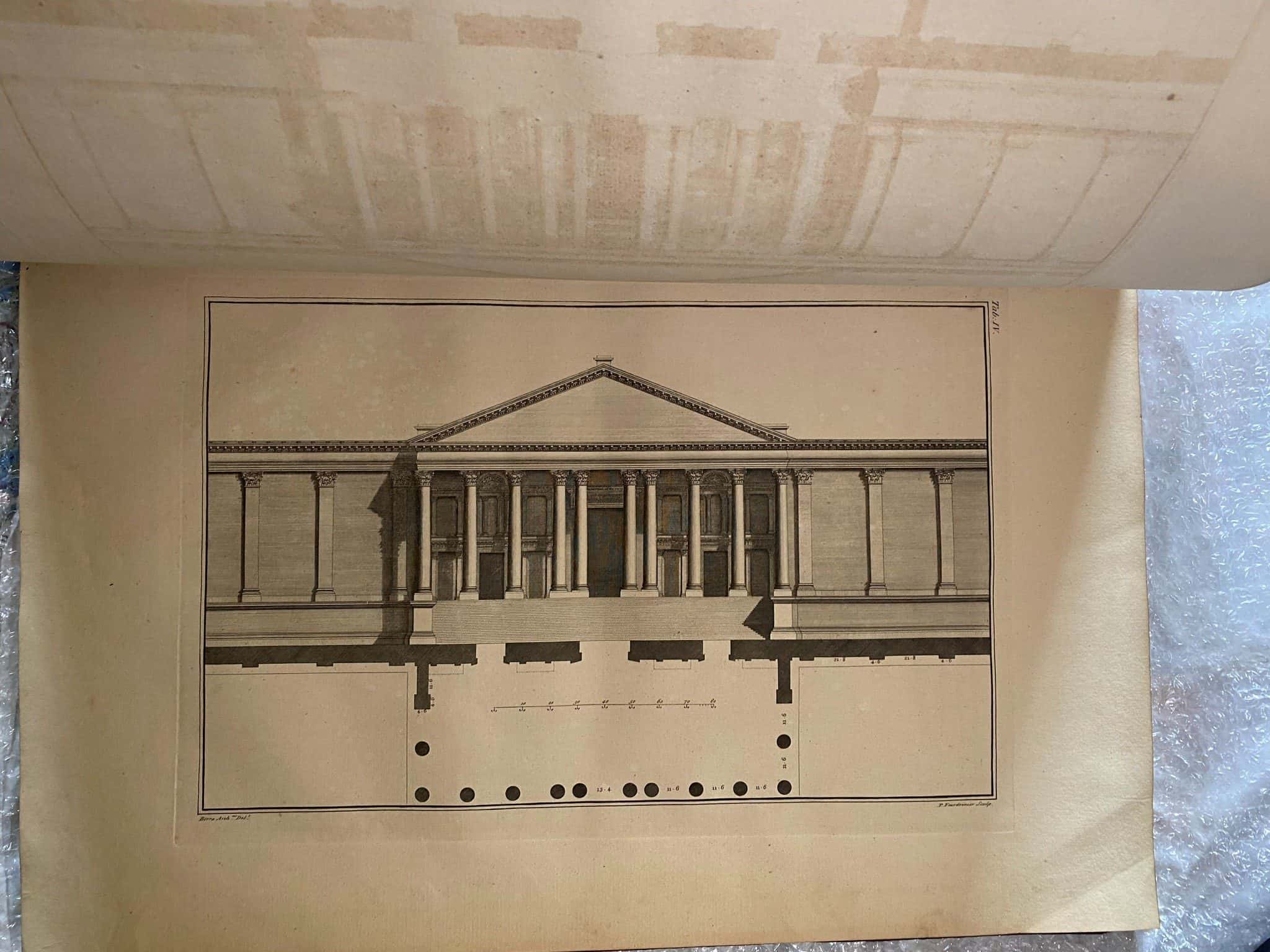

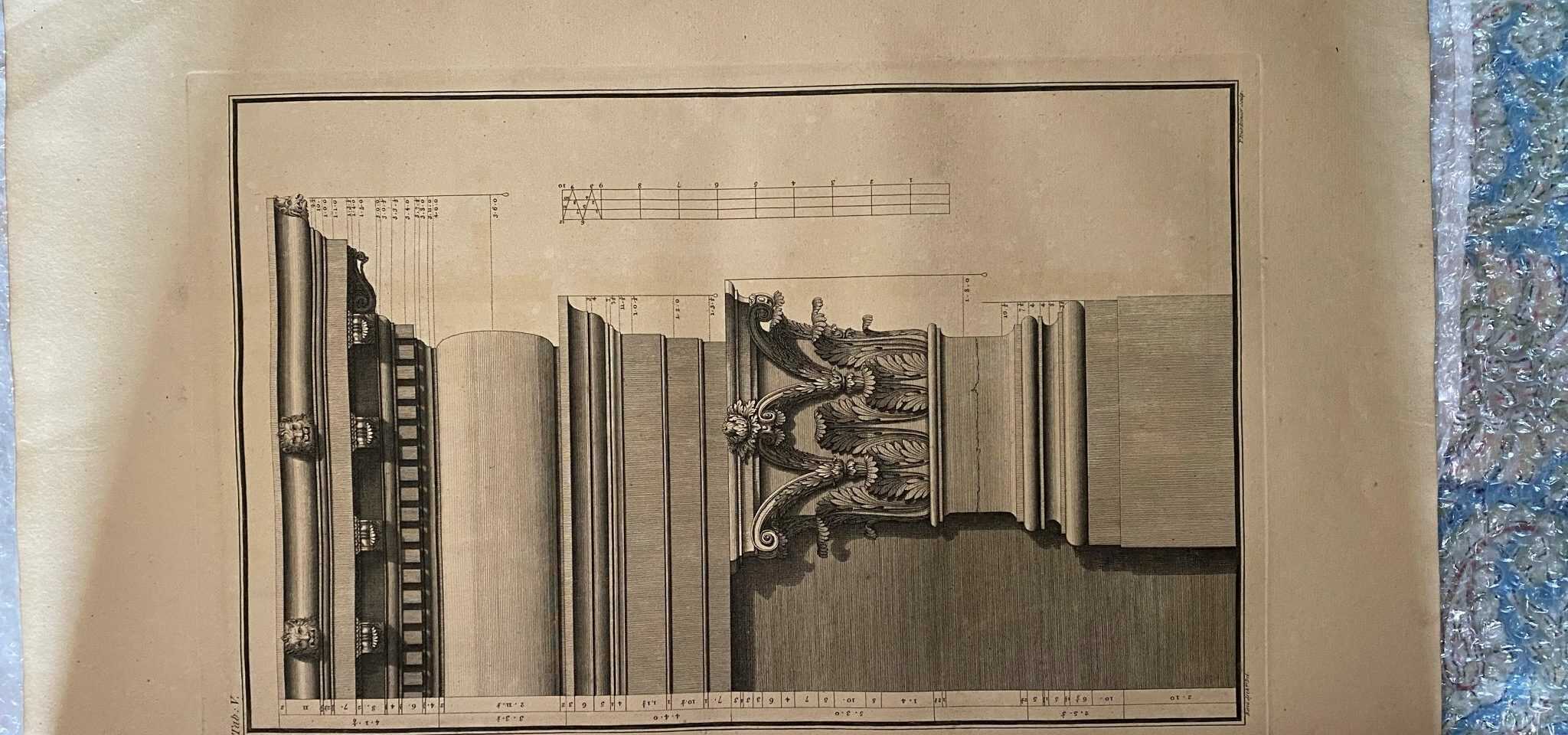
This book from 1753 concerning the ancient architecture of Syria descended in the Lark family–heirs of Sally Good Church, Frederic Church’s daughter-in-law and the last resident of Olana–and donated by The Olana Partnership’s board member and volunteer Ricky Lark. Former Olana curator Karen Zukowski identified this book in the Lark family collection as one highly likely to have once belonged to the Church family. It will now rejoin Olana’s historic library.
As an amateur architect designing a grand house, Church consulted with books on the architectural traditions of the Mediterranean and Middle East for inspiration and instruction. The Ruins of Palmyra contains highly detailed plates on the forms of columns, capitals, and ground plans along with illustrations of the ruins, all of which would have been immediately useful to Church in the process of designing Olana. The acquisition of this book provides new insight into Church’s architectural sources and historical interests and stunning material for a recently added display case in Olana’s Library.
The Ruins of Palmyra, otherwise Tedmor, in the Desart [sic], published by Robert Wood, London, 1753.
Top photo by Peter Aaron/OTTO

